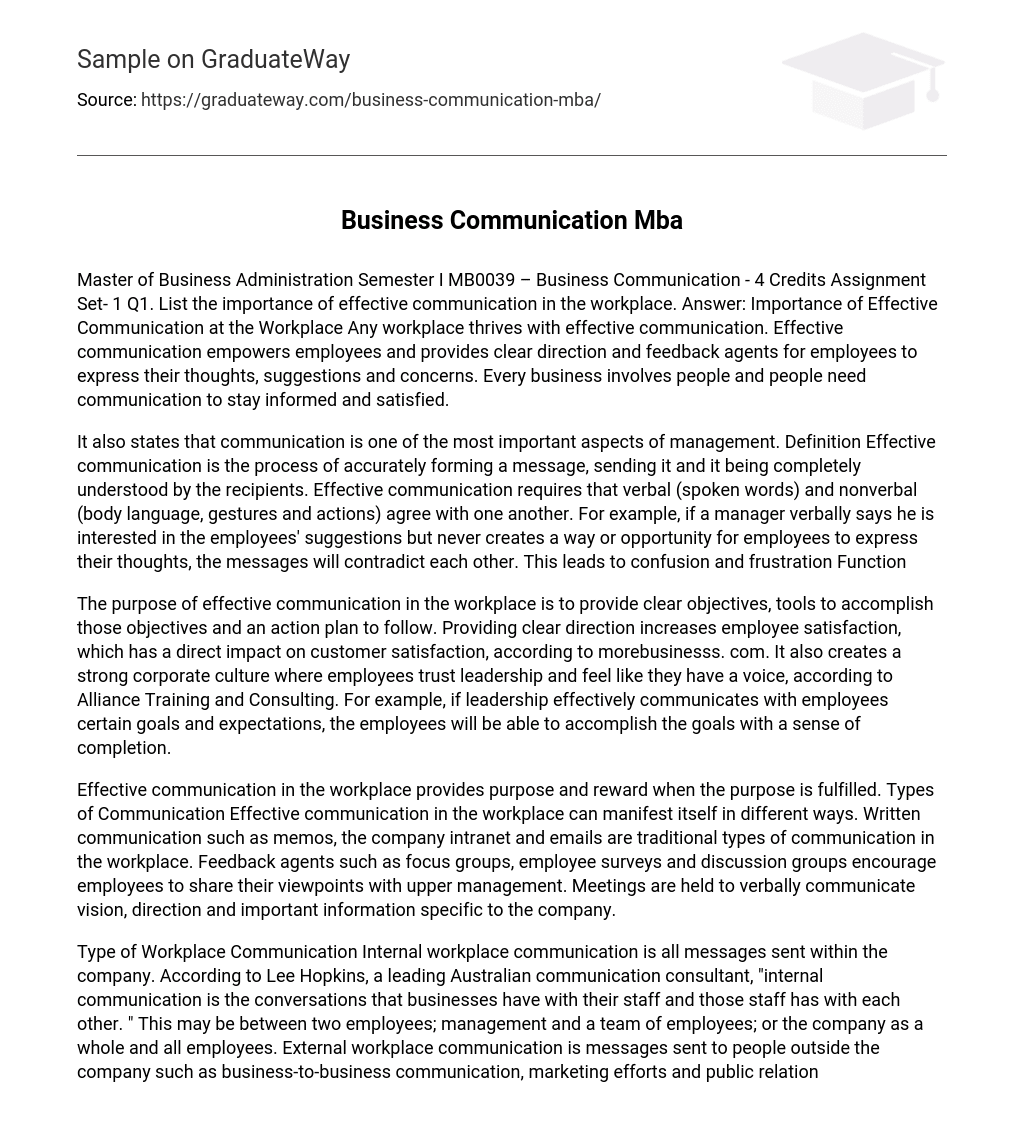Nonverbal communication, which includes facial expressions, gestures, eye contact, posture, and tone of voice, is crucial for effective communication in personal and professional relationships. It goes beyond verbal language and plays a significant role in connecting with others, conveying genuine intentions, managing difficult situations, and fostering stronger relationships.
Nonverbal communication
Nonverbal communication, also referred to as body language, is an essential mode of communication that enables us to authentically and instinctively reveal our genuine emotions and intentions in any given situation. It also facilitates our comprehension of the emotions and intentions of those around us. Throughout our interactions with others, we continually exchange unspoken signals through diverse nonverbal behaviors such as gestures, posture, speech pace and volume, proximity, and eye contact. These behaviors convey influential messages that persist even in moments of silence since nonverbal communication remains present despite the absence of verbal expression.
When verbal and nonverbal communication conflict, the recipient must determine which message is more reliable. Typically, the nonverbal message carries more weight.
Enhancing communication in different areas of life requires a heightened awareness of body language and other nonverbal cues. Nonverbal signals, including listening, looking, moving, and reacting, communicate our level of care, honesty, and attentiveness. When these signals match our words, trustworthiness, understanding, and connection are reinforced. Conversely, when they conflict or deviate from each other, tension, doubtfulness, and bewilderment can arise. Gaining insight into others’ thoughts and feelings through their nonverbal cues enhances our capacity to effectively communicate.
Being conscious of the signals you are giving off is crucial in order to ensure that your intended messages align with your true communication desires. Nonverbal communication and body language consist of various types, all of which collectively showcase your engagement and involvement with others.
Facial expressions
The human face is capable of expressing a wide range of emotions without the need for verbal communication. Facial expressions are universally understood and remain consistent across different cultures. Moreover, the way people move their bodies and maintain their posture greatly affects our perception of them. The way individuals sit, walk, stand, or position their head can have a strong impact on the impressions they leave on us.
Nonverbal communication includes using posture, bearing, stance, and subtle movements to convey significant information about an individual’s personality and behavior to others.
Gestures
Gesture is a fundamental aspect of our daily existence, permeating all aspects of life. From greetings to navigation to deep conversations, hand gestures serve as our means of communication. However, it is imperative to acknowledge that interpretations of gestures can differ across cultures and locations. Therefore, exercising caution and striving for accurate interpretation is crucial in order to avoid any potential misunderstandings.
Eye contact
Eye contact plays a vital role in nonverbal communication by allowing people to convey different messages like interest, affection, hostility, or attraction. It also helps in maintaining a smooth conversation and assessing the other person’s responses.
Touch
Touch is a powerful means of communication, as demonstrated by various gestures: a confident handshake, a gentle tap on the shoulder, a comforting bear hug, a reassuring pat on the back, a condescending pat on the head, or a dominating grip on your arm.
Space
The invasion of personal space can lead to discomfort during conversations. The required amount of physical space varies based on factors such as culture, circumstances, and the level of closeness. Physical space conveys various nonverbal signals including aggression, dominance, or affection.
Voice
Verbal communication extends beyond the use of words alone. It encompasses different aspects, such as our manner of speech and how others interpret our voices. These factors involve timing, speed, volume, tone, inflection, and sounds that demonstrate understanding like “ahh” and “uh-huh.” Additionally, we should acknowledge that the tone of our voice can express emotions including sarcasm, anger, affection, or confidence.
Creating the foundation for successful nonverbal communication
Effective nonverbal communication involves seamlessly moving between expressions, acknowledging your emotional state, and comprehending the signals that you convey and receive. It is a dynamic and interactive process contingent upon your aptitude for handling stress.
In order to fully comprehend the ongoing interaction, it is imperative to give one’s undivided concentration and attention. If individuals are preoccupied with planning their next response, daydreaming, or being distracted by other thoughts, they may overlook nonverbal cues and other subtle elements of the conversation. Thus, remaining fully focused on the present moment is necessary.





